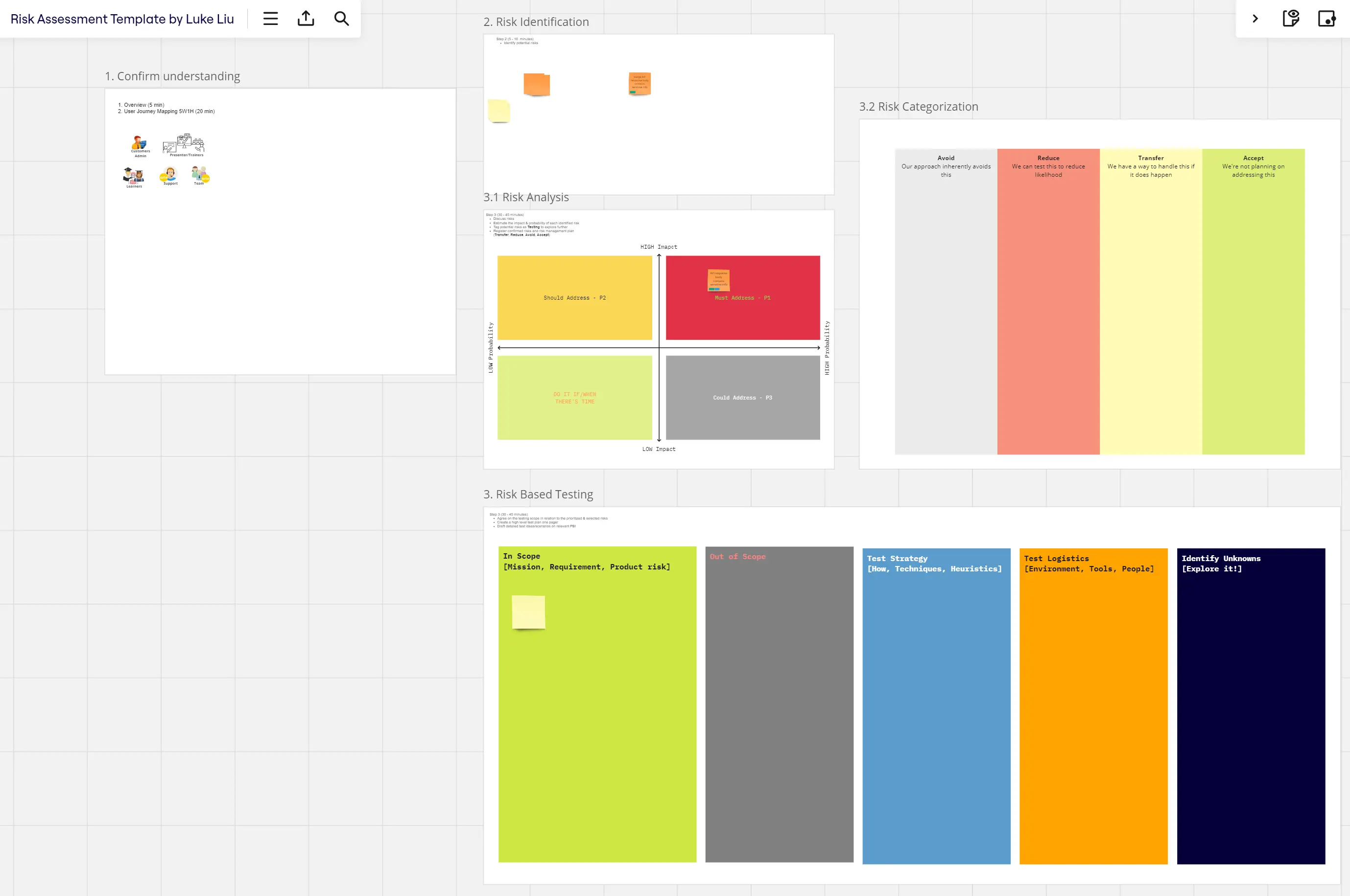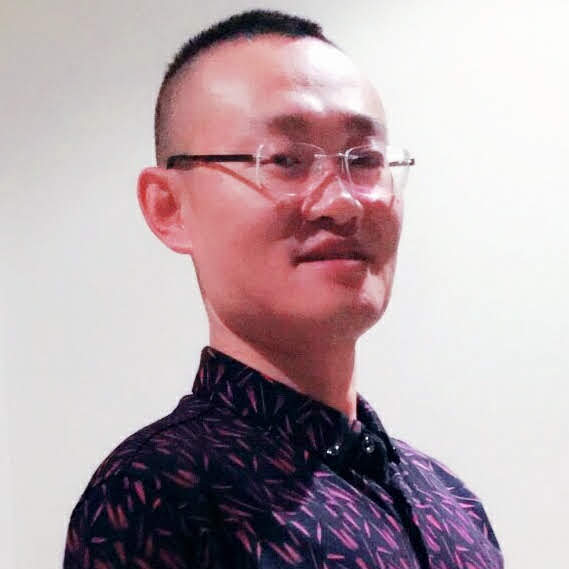Canva for Structuring Data Science Projects
The CANVA consists of different sections designed to guide users through various stages of a project, from problem identification to production time estimation.
Focus areas and benefits:
Customers - Identification of the beneficiaries or end-users of the project. This focus helps to keep the team aligned with the customers' needs.
Current Process - Assessment of existing procedures to understand where and how data improvements or solutions can be applied.
Pains - Recognition of the problems, challenges, or "pains" that the customers are facing and that the project aims to resolve.
Solution Development:
What to Do - Brainstorming possible actions, using creativity and critical thinking to develop innovative solutions.
What to Deliver - Definition of specific deliverables and breaking them down into smaller tasks or components.
Possible References and Solutions:
Solution References - Compilation of references, articles, and other projects that can serve as inspiration or a model.
Data Source - Identification of all the necessary data sources for the project, which is crucial for data work.
Solution - Development of a proposed architecture solution based on the collected data and references.
Metrics - Establishment of primary and secondary metrics to evaluate the project's performance and success.
Work Hours Assessment:
Problem Time - Estimation of the time needed to fully identify the problem.
Time Data - Assessment of the time to adjust and prepare data for analysis.
Model Time - Calculation of the time needed to develop and test data models.
Estimated Production Time - Projection of the time to put the solution into production after development.
How to use the table:
The table serves as a planning and project management tool. The team should fill in each section with relevant information, collaborate to address the listed items, and iterate as necessary. The process is cyclical and should be repeated, evaluating and adjusting points to arrive at a solution focused on the customers' needs. By using this tool, data science projects can become more structured, efficient, and aligned with business objectives and customer expectations.
Categories
Similar templates






